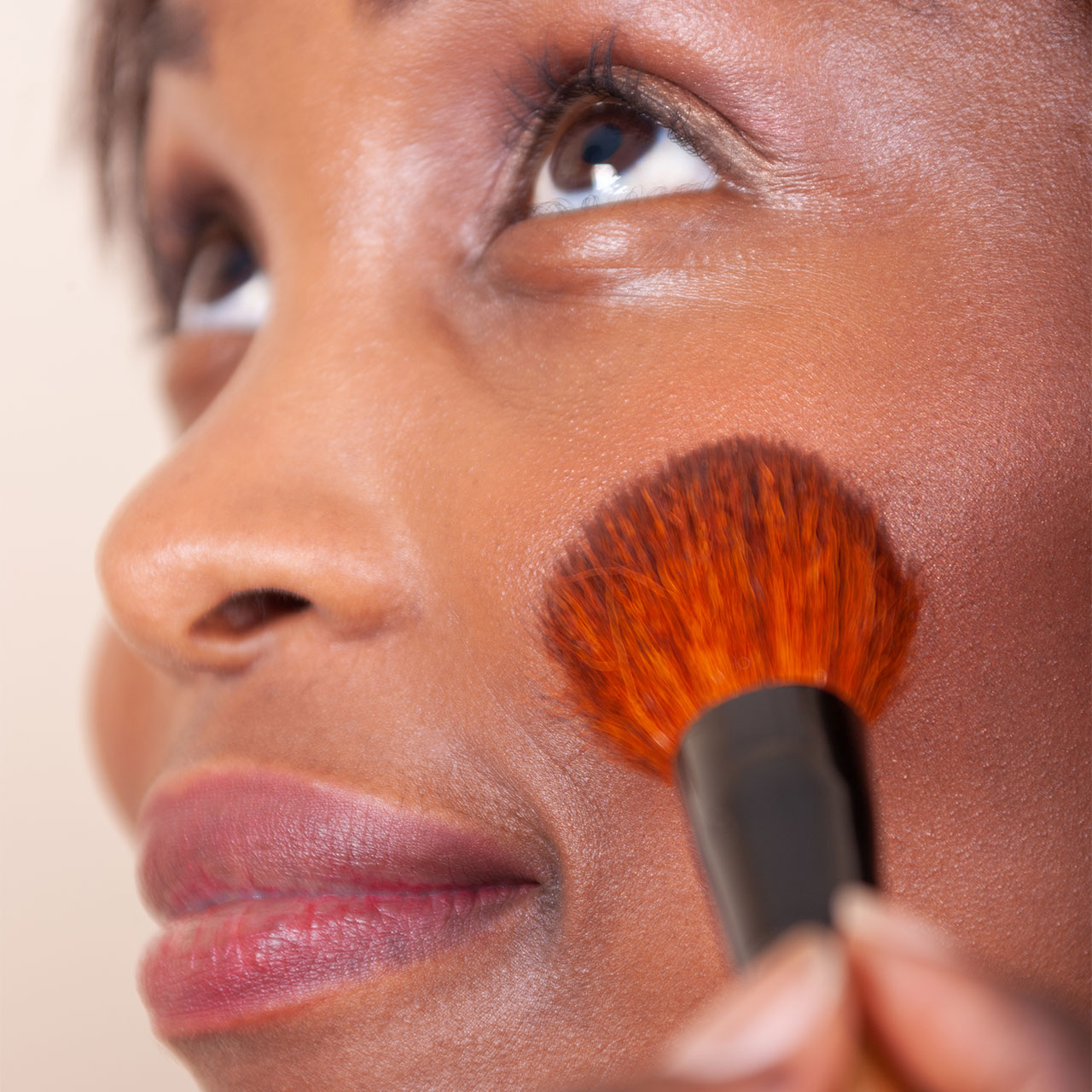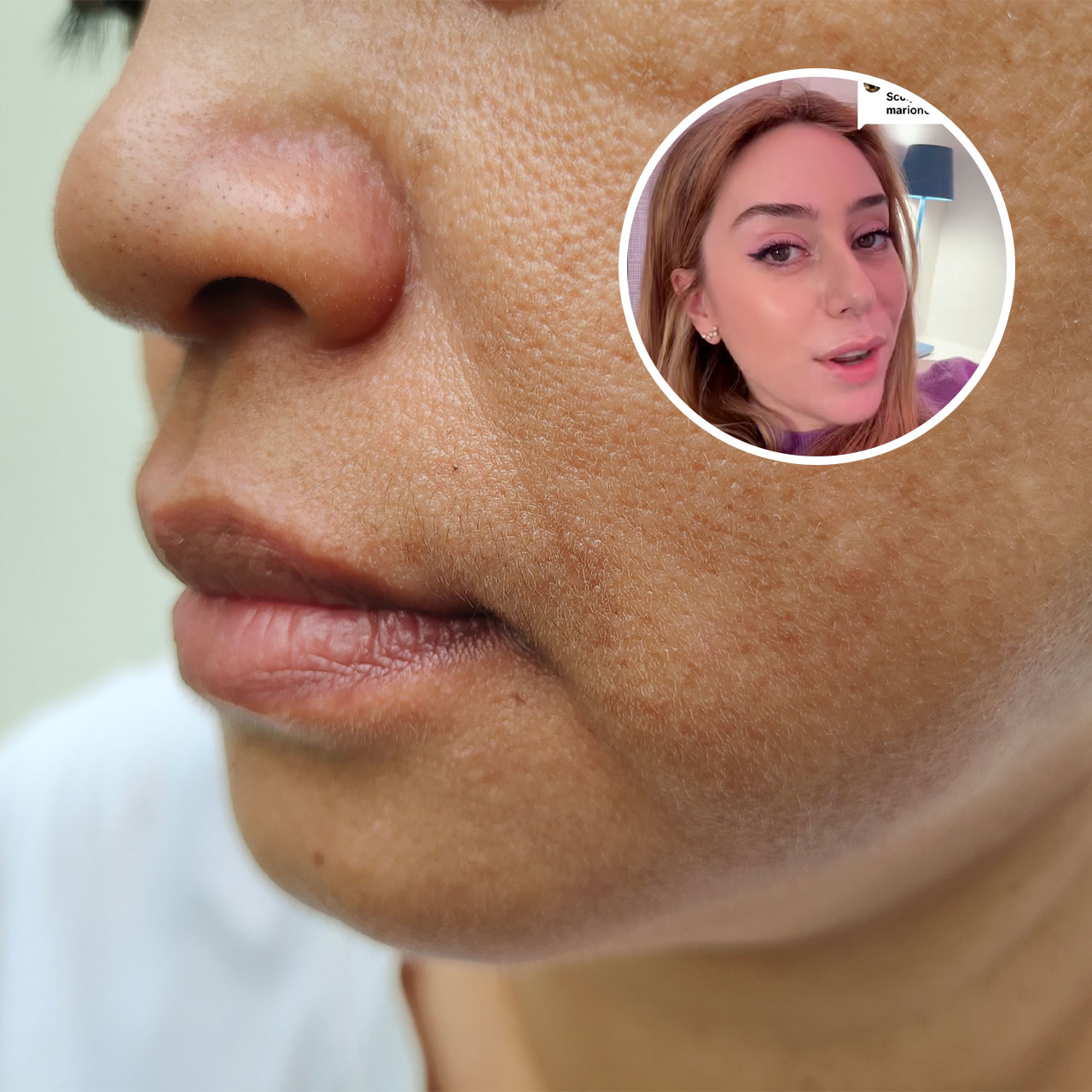If you aren’t sure whether you’re making foundation mistakes or applying it with the skills of a pro, here are a few telltale signs: your foundation becomes blotchy. It look like a completely different skin tone. The color of your foundation actually makes you look sickly — too pallid or too yellow. It’s too watery or so matte that it turns into dry patches.
And the list goes on.
Foundation mistakes are so easy to make — it happens to the best of us. And, the older we get, the more important it becomes to approach foundation with knowledge and a light hand so that it looks its best on mature skin. Here are 11 of the worst foundation mistakes women over 40 should ditch to get a flawless looking complexion.


Going Too Light
Did you know your skin tone can change slightly with age? The foundation shade that looked just right at 20 isn’t always the same shade you need in your forties and beyond. If it has been a dog’s age since you’ve purchased a new foundation, consider heading to Sephora or a similar spot to ask a makeup pro to match you yet again. You may be surprised at what you find out.
You Use Foundation As a Tanning Product
Foundation should look like your skin. Its purpose isn’t to give your face a bit of sun-kissed color — that’s the job of a bronzer. Basically, the moral of the story here is that each product has a purpose. Your foundation isn’t a color corrector, bronzer, or concealer — it’s a foundation!
You Don’t Consider Skin Tone
Ah, skin tone — the most mysterious of topics sometimes. Foundations come in cool, warm, and neutral skin tones, but every brand has their own ideas of what constitutes “cool” or “warm,” so what work for you at the Nars counter may not work for you over at the Fenty counter. Your best bet is to ask a makeup pro to match you — you may not even see the warm or cool tones in your own skin that you’re neglecting with your foundation.

Using Powdered Foundation
Foundation comes in a few different formulations, including powder, liquid, and cream. Powdered foundation may seem like a less messy solution, but it can be very drying on the skin and settle into pores and fine lines. Choosing cream or hydrating liquid foundations can look more natural and youthful.
Not Consider Your Skincare
Your makeup routine actually starts with your skincare routine. Think about the products that you use: are you layering several hydrating products like hyaluronic acid, moisturizer, and a moisturizing sunscreen on your skin before adding a hydrating foundation? That may be too many layers — and the result could be pilling on your skin.
You have choices here. You can drop one of your skincare products and see if you get enough hydration without it, or wait 10 to 15 minutes for everything to absorb well before adding your foundation.

Not Applying Primer
Applying foundation right on top of bare skin is a mistake because you aren’t creating any kind of barrier that prevents it from settling into your pores and texture. A blurring primer applied before foundation preps the skin for makeup, creates that barrier you want, and helps make your makeup last longer.
Not Choosing Foundations That Work With Your Skin Type
Don’t just consider your skin shade and undertones when buying foundation — also consider your skin type. Many modern foundations are thoughtfully formulated with skincare ingredients that boost hydration or help relieve acne-prone skin. Depending on your skin type, you may or may not need those ingredients. Always check the foundation’s label or ask a pro at the store for help to make sure your foundation suits your skin type.

Using the Wrong Foundation Finish
Foundation finishes are usually categorized as radiant, dewy, and matte. Unless you have very oily skin, a matte foundation finish can look drying and aging, A dewy finish is hydrating, but may be too much if your skin is oily. And a radiant finish is often the best one to turn to because it gives you skin a fresh, glowing, and natural appearance.
You’re Applying Too Much Foundation
More is simply more when it comes to foundation — it’s not better. Chances are there are specific areas of your face that could use more coverage, so focusing more product on those areas makes sense, but you may not need heavy coverage all over your face. Instead of applying foundation like a mask, apply it is smaller dots and blend really well. You can also add on more, but it’s harder to take away too much product.

You Blend Your Foundation Wrong
How can you blend your foundation wrong, you’re probably asking. While it’s true that you can use any tool to do this, relying on a large brush or your fingers may be best to avoid pressing the makeup too much into your skin. You want to pat it down and around your skin so that it blends evenly and lightly. A sponge applicator is great, but sometimes best to clean up any excess foundation on your skin.
You Aren’t Setting Your Makeup
Setting your makeup is a must to ensure it stays on your skin for hours without creasing or streaking. You can use a lightweight translucent powder or a setting spray to accomplish this task. Go easy with the powder and find a setting spray that doesn’t contain alcohol so it doesn’t dry out your skin.
Getting foundation just right can be tricky. But avoiding these 11 foundation mistakes will put you on the path toward more flawless-looking skin.


























